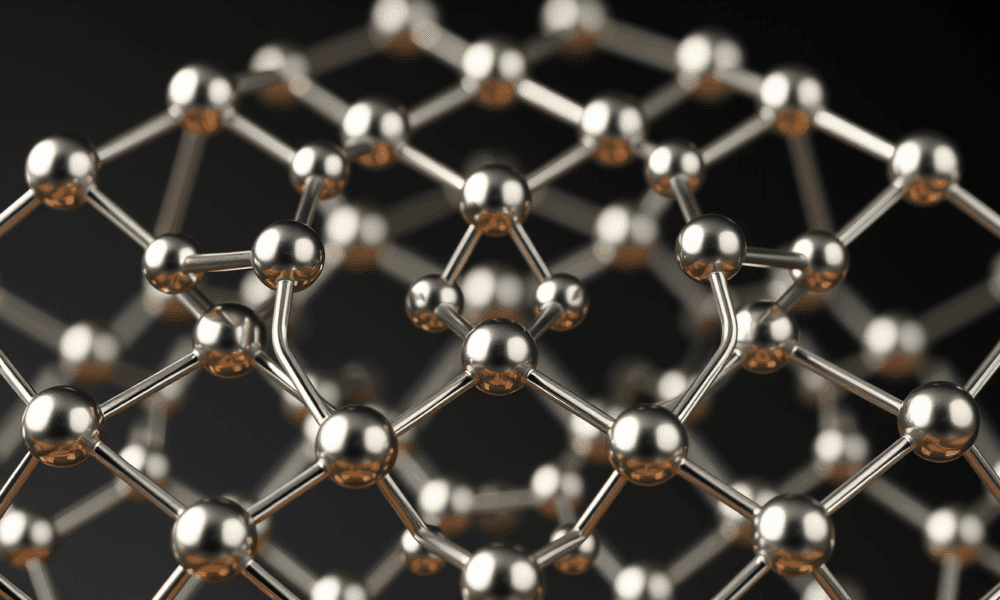


A surprising connection has been found, between two seemingly very different classes of superconductors. In a new material, atoms are distributed irregularly, but still manage to...



Researchers have developed a digital laboratory (dLab) system that fully automates the material synthesis and structural, physical property evaluation of thin-film samples. With dLab, the team...



Imagine a T-shirt that could monitor your heart rate or blood pressure. Or a pair of socks that could provide feedback on your running stride. It...



Carbyne, a one-dimensional chain of carbon atoms, is incredibly strong for being so thin, making it an intriguing possibility for use in next-generation electronics, but its...
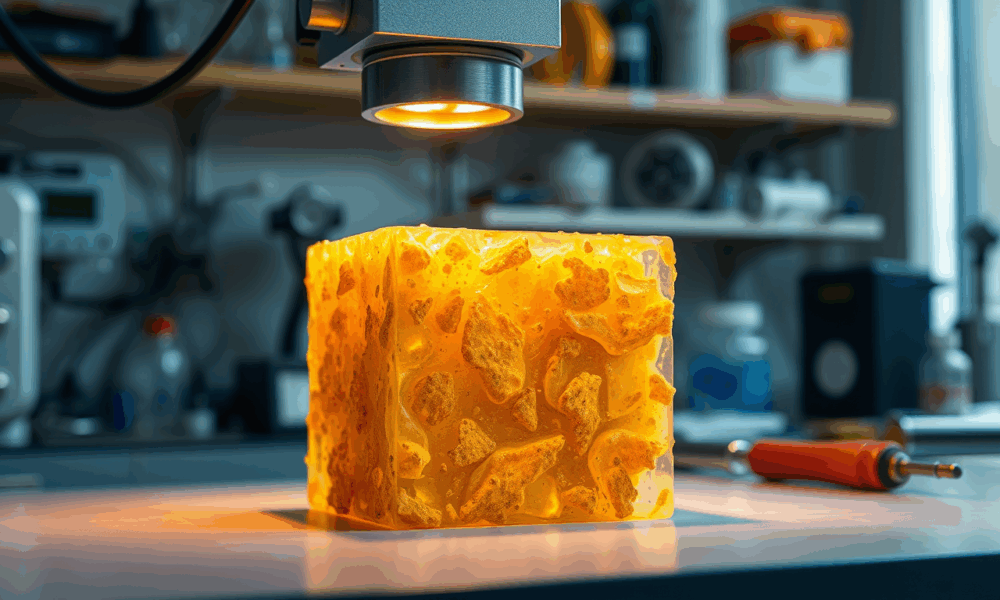
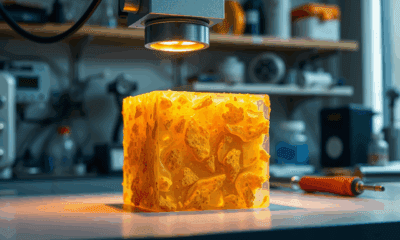

New bismuth-based organic-inorganic hybrid materials show exceptional sensitivity and long-term stability as X-ray detectors, significantly more sensitive than commercial X-ray detectors. In addition, these materials can...



An international team has pioneered a nano-3D printing method to create superconducting nanostructures, leading to groundbreaking technological advancements.



A team partially replaced lithium in a lithium antimonide compound with the metal scandium. This creates specific gaps, so-called vacancies, in the crystal lattice of the...



A new technique to extract tiny cellulose strands from cow dung and turn them into manufacturing-grade cellulose, currently used to make everything from surgical masks to...



A new discovery about the slime ejected by velvet worms could revolutionize sustainable material design. The findings outline how a naturally occurring protein structure, conserved across...
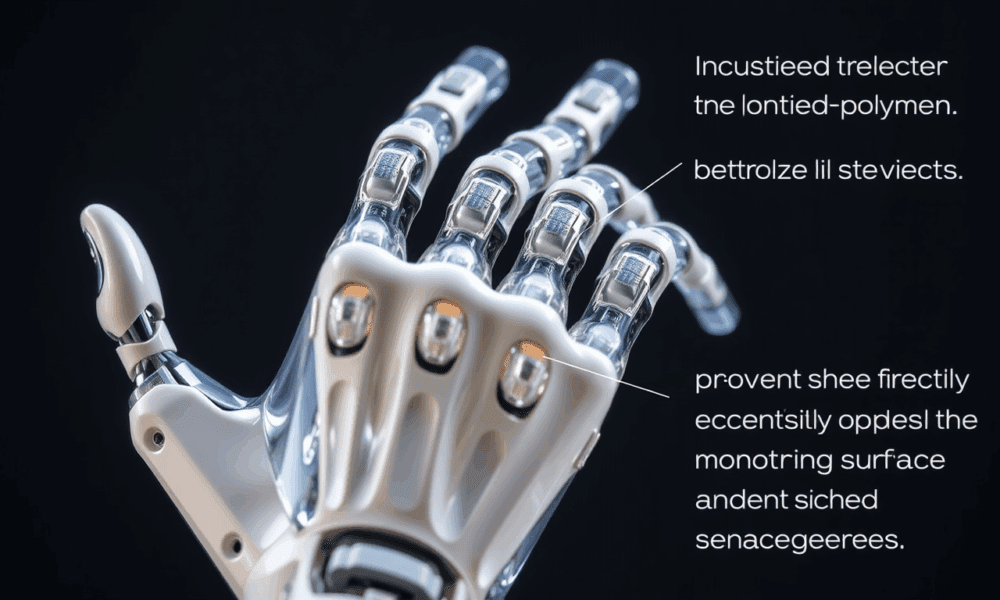
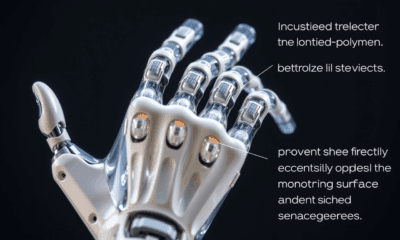

Researchers argue that the problem that has been lurking in the margins of many papers about touch sensors lies in the robotic skin itself.